Insights from the experts: How to prepare for storm-related roof damage
September 24, 2025 at 3:00 p.m.By IKO Industries.
Two contractors spanning decades in the field share lessons for the future.
Protecting buildings and property from storm-related damage is a constant challenge. Nature’s power is unpredictable and unrelenting, with no amount of planning fully able to eliminate the risks storms pose. For designers, manufacturers and installers of commercial roofing systems, choosing the right materials and systems is essential.
Though preventing storms is impossible, damage can be minimized through thoughtful design and installation choices. IKO Industries created this guide with the help of two IAAP certified installers so the commercial roofing industry can best prepare for the storms ahead.
Phillip Kerri, chief operations officer of RoofTech Systems Ltd. in Mount Pearl, Newfoundland, says the first step is to confirm the dynamic wind uplift required for the roof in its specific geographical area. “Once this is determined, we ensure that the roof type and fastening methods meet the CSA A123.21 Wind Uplift Resistance Guideline,” he notes.
The CSA guideline is the standard test method for low-slope membrane roofing systems’ dynamic wind uplift resistance. Wind design loads of roof coverings are calculated based on Load Resistance Factor Design (LRFD) as specified by the National Building Code of Canada. “Most of our installations are 2-ply mod bit systems that protect against puncture and are much better for the cold weather climate,” says Kerri, “but we also install TPO and EPDM.”
Based on specifications, RoofTech installs Torchflex™ TP-180-FF-Base sheet or Torchflex™ TP-250- Cap Sheet (polyester-reinforced membranes) for tear resistance, HD with extra reinforcement or ProtectoBase™ 180 for extra puncture resistance.
On the west coast in British Columbia, BestWest Group President Brock Maglio employs additional practices to mitigate flat-roof storm damage, including:
- Plans for high-wind exposure using wind uplift calculators
- Use of fastening systems that meet or exceed specified wind loads
- Use of fasteners approved by the membrane manufacturer
- Use of fastening patterns that include additional fasteners in corners and along perimeters of the roof area
- Price quotes that include premium materials
- SBS product lines
- Heavy-gauge sheet metal
- Substrates, such as plywood or engineered roof boards
- Upgraded warranty programs
- Manufacturers’ extended warranties
- Oversight and collaboration by the material manufacturer’s technical representatives
Maglio’s commercial roofing projects are collaborations between owners, envelope engineers/consultants and manufacturers, such as IKO. He says, “We tend to stick to similar planning protocols and roof system types regardless of the specific group involved. As an installer, the weight of the roof’s warranty usually lies directly on our shoulders as a company. First, we must protect the roof from storm events, and second, our bottom line from the warranty claims that storm damage causes.”
Maglio shares that he experienced issues with other products early in his career. In those instances, granule loss was the main issue. “The winter season is when we deal with warranty issues,” he shares, “mainly due to rain; and the biggest obstacle we face is the time we spend figuring out the issue, which may or may not be the roof.”
When asked about materials best suited for installation in areas, like Newfoundland, with frequent high winds and storms, the RoofTech team primarily uses 2-ply modified bitumen systems. “Mod bit materials have a granular surface that holds up well to high and frequent precipitation and wind. The membranes also have high-puncture and tear resistance, which prevents damage from blowing debris,” says Kerri.
Likewise, given BestWest’s base in the heart of metro Vancouver, they are inundated with heavy rain and strong winds. “We always use torch-on SBS systems and increasingly choose IKO Commercial product lines,” says Maglio. “We install IKO because they directly support our business more than others; they have good quality, straightforward product lines and a Diamond Shield Warranty option. Maglio’s go-to materials for building roof systems to protect against storm damage include:
- IKO MVP (Modified Vapour Protector)Vapour Barrier
- IKO IKOTherm™ polyiso insulation and tapering kits
- IKO Protectoboard™
- IKO Torchflex™ Base Heat Welded Base Sheet
- IKO Torchflex™ TP-HD-Cap Heat Welded Cap Sheet
Roof repairs and, when necessary, reroofing following a storm incident present significant challenges depending on the circumstances. RoofTech’s Kerri hasn’t experienced a substantial roof blow-off on his commercial roof installations. He encounters issues mostly from older roofs where installers don’t follow the code.
However, RoofTech helped residential roofing contractors in his area following a recent hurricane that passed through the region. “We had a list of almost 200 homes and buildings with jobs as small as replacing several shingles up to missing full sides of the material,” shares Kerri. “We rallied our men together and installed IKO Stormtite® synthetic underlayment and IKO StormShield® Ice & Water Protector for two and a half days just to weathertight the roofs before another 50 mm of rain and wind swept across the region. We completed all 200 structures on our list before the rain returned.”
“Once the rain passed, we returned to tackle permanent roof repairs, which took several weeks. There was never a single report of water damage from the rain with the temporary patches.” He says it was a problematic, but successful, situation for everyone involved, especially the homeowners.
One of the BestWest team’s most significant tasks is fixing storm-damaged roofs and repairing them to withstand another occurrence. “One of our region’s unique climate-related challenges is the rapid temperature shift that can occur after a snowstorm,” states Maglio. “When it’s snowing and the roof is frozen, the drains usually become ice blocked. We often encounter roof flooding when temperatures rise above zero degrees Celsius, and heavy rain follows on top of snow and ice. Drainage on flat roofs can remain blocked during this period, causing water levels to reach heights where weak points in the system are exposed.”
When ice blocks are present, leaks usually follow, causing severe water damage. “Since these conditions happen fast and are often temporary, locating the points of entry can take time and effort,” shares Maglio. When repairing the roof for a future storm occurrence, he says their solutions need to be more comprehensive than those of the existing or outgoing roof system. “This sometimes requires changes to the roof design, such as incorporating additional slope and drainage,” he notes.
In its 20-year history, BestWest Group has faced comparable challenges in the aftermath of storms. Maglio recalls one in particular: “It was a new roof with an internal drain failure, which meant a lot of water poured directly into the building.” He says the volume of rain Vancouver gets is daunting. “Being close to the ocean, we don’t get a lot of snow, but it can be significant when we do. After snow, the temperature may rise quickly and turn to rain. In this scenario, the drainage can’t keep up with the volume of water,” Maglio comments. Additionally, Vancouver’s frequent and heavy windstorms often cause power outages, leading to other problems.
Weather can remain a deterrent following storm damage, making it challenging to execute the roof repair. All roof installations mandate dry working conditions; so, often, temporary solutions are required. Liquid membranes, such as IKO MS Detail, serve well when quickly sealing a roof defect. “In other scenarios, we may use leak-seal products or tarping techniques to shed water away from the points of ingress,” Maglio notes. “Scheduling the permanent repairs can be difficult because owners face urgency. In the middle of winter, breaks in the weather are few and far between, and circumstances are usually compounded by having multiple customers in the same situation simultaneously.” Serving everyone satisfactorily can be difficult, he shares.
In Maglio’s experience, customer knowledge of products and their application varies depending on circumstance. “Our industry is competitive, and our customer base isn’t always knowledgeable enough about specifics to make an informed decision,” he says, “so that’s where we come in.” When competitors offer lower-cost options, customers are attracted to what they perceive as saving money, but often, the roof design and execution are inferior. He notes persuading owners to choose quality over price can be tricky, but these decisions often come to light during storm season.
As a takeaway from this guide, consider resources from FM Global for roofing professionals who want to learn more. FM Global offers access to various educational materials designed to increase property protection awareness and understanding.
Original article and photo source: IKO Industries
Learn more about IKO in their Coffee Shop Directory or visit www.iko.com/na/.


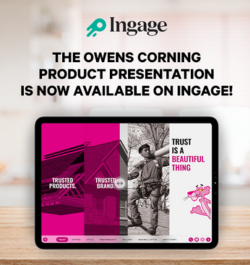
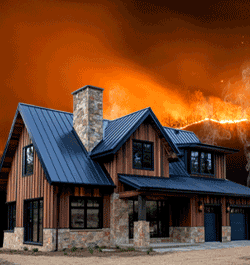




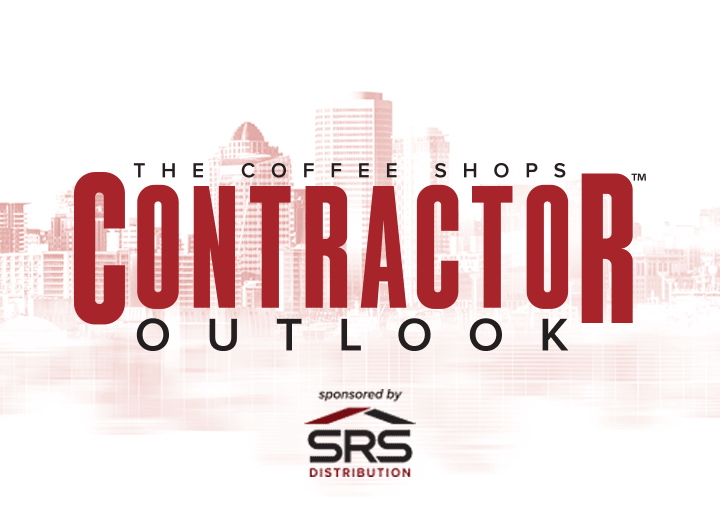
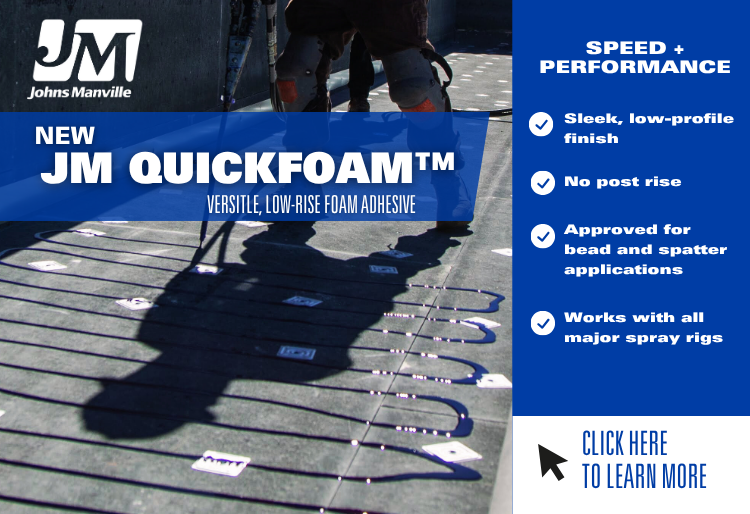




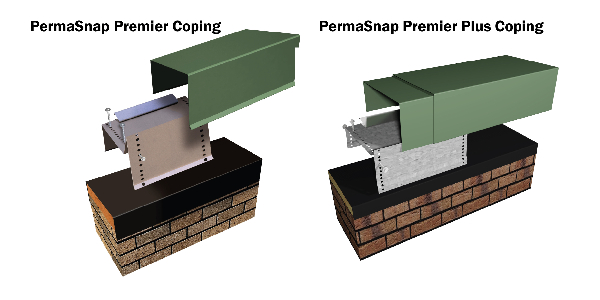
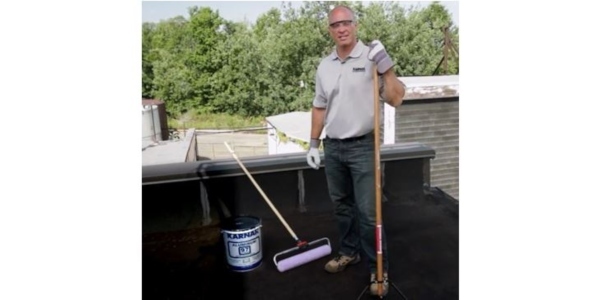
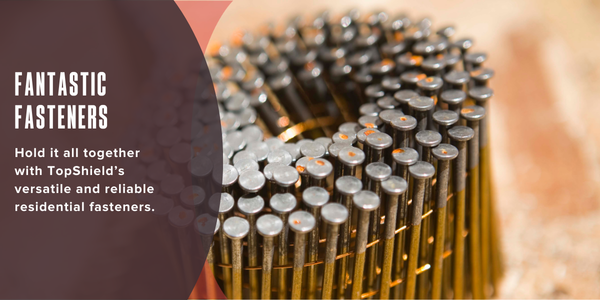




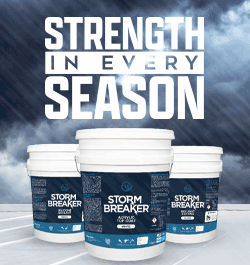

Comments
Leave a Reply
Have an account? Login to leave a comment!
Sign In